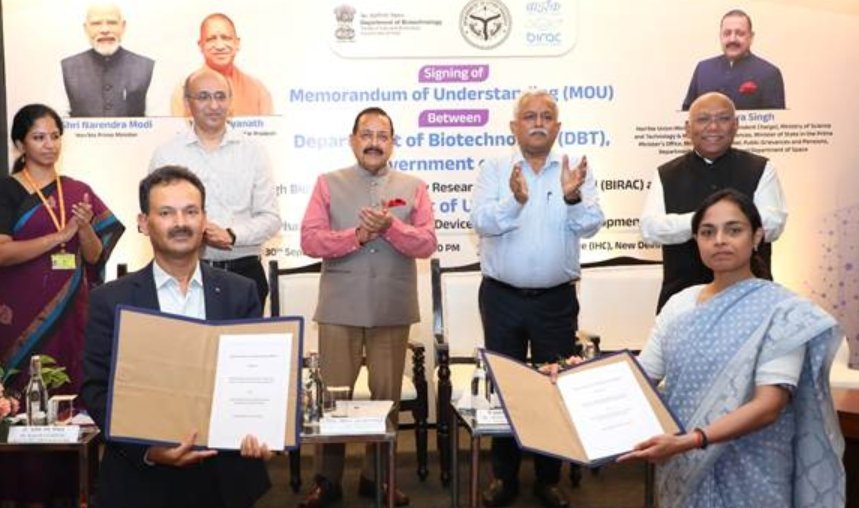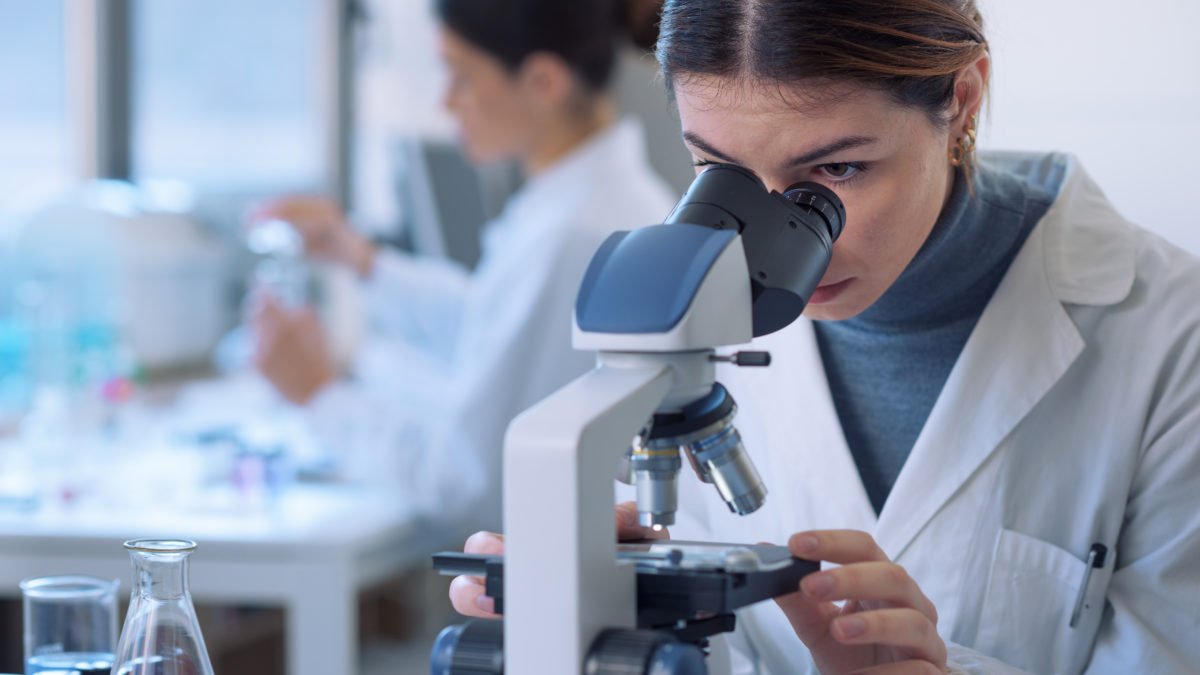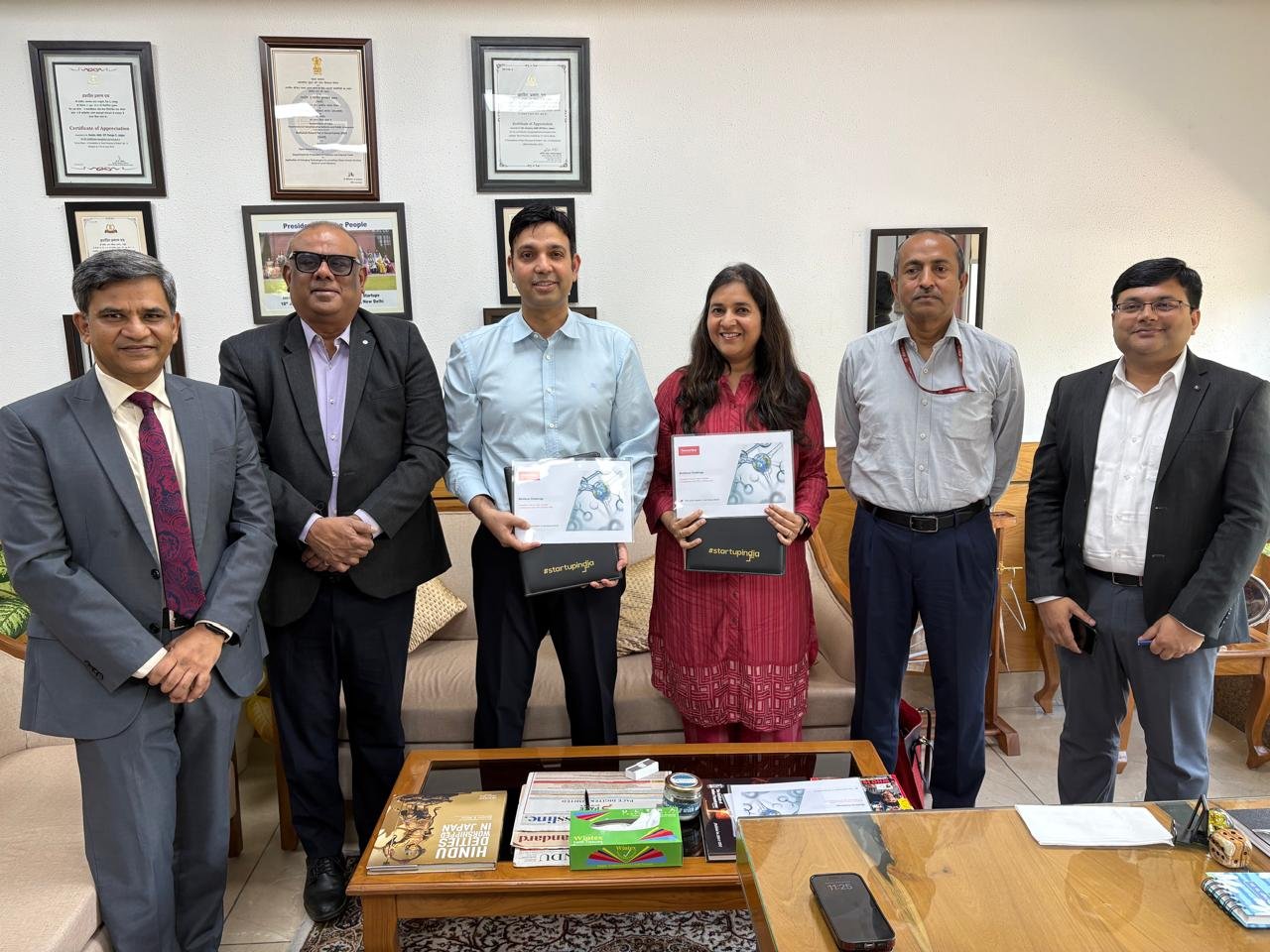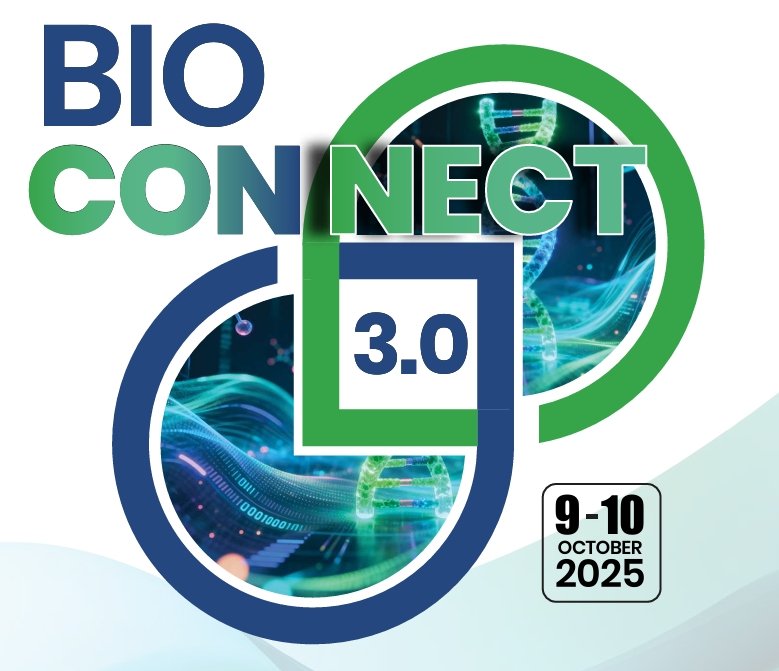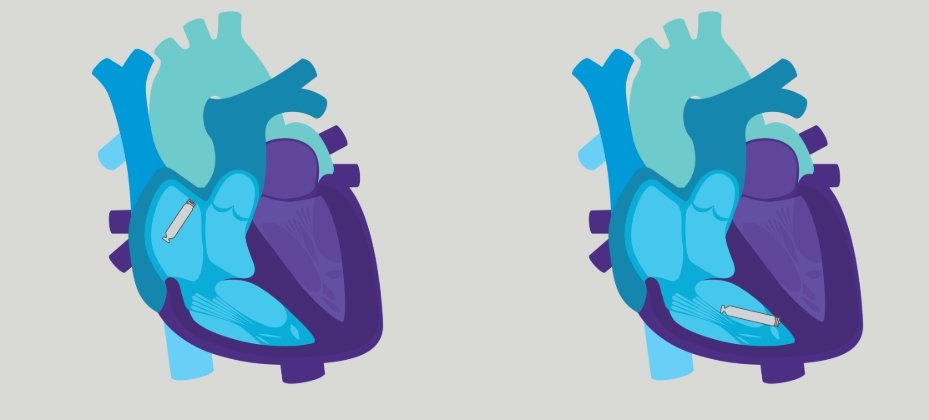Novel genetic screening technique to identify mutations
September 15, 2014 | Monday | Interviews | By BioSpectrum Bureau
Novel genetic screening technique to identify mutations
Dr Saumya Jamuar, researcher at Harvard Medical School and Boston Children's Hospital, co-founder of Global Gene Corp
Almost 15 years have passed since the human genome was mapped in its entirety, and genes responsible for various diseases have been identified. But it is also true that the genetic pattern undergoes changes later during life, and there may be some differences in the genes present in different organs of the body. They undergo mutations, or spontaneous changes, which may result in genetic disorders and in some cases serious malformation of body organs. Hence it is crucial for clinicians and scientists to be able to uncover these mutations but several studies have suggested that existing techniques of genetic screening may not be adequate.
Hence Dr Saumya Jamuar, researcher at Harvard Medical School and Boston Children's Hospital, co-founder of Global Gene Corp, along with Prof Christopher Walsh, MD, PhD, chief of Genetics and Genomics at Boston Children's Hospital, have developed a new technique known as "targeted high-coverage sequencing".
What is somatic mutation and how is it different from germline mutation?
When cells divide and grow, the DNA sequences are supposed to be copied and duplicated but sometimes the copy is not an exact replica of the earlier version. This is because of mutations or changes in the DNA sequence, which constitutes the genes.
If the mutations take place in the post-zygotic phase, that is, after the male and female reproductive cells (sperm and 'egg') have come together, then these mutations are called "somatic mutations." These are neither inherited from an earlier generation (of the organism: plant or animal) nor are they passed on to the offspring.
On the other hand, a germ-line mutation is a genetic change in the reproductive cells (also called germ cells) and these mutations are inherited and transmitted from one generation to another. This is also a hereditary mutation.
What is the significance of these mutations?
As can be imagined, the growth and functioning of various organs of the body are controlled through the genes, and mutations can have an impact on them. The impact of germ-line mutations is greater and more widespread than somatic mutations, mainly because the latter happens very early in the development of an organism. The somatic mutations often have rather harmless effects, such as the reddish colour of an apple.The germ-line mutations can be much more impactful, and in rare cases, a single mutation if untreated can lead to conditions that ultimately cause death.
What are the causes of genetic mutation?
One of the common sources of genetic mutation is inheritance; a mutation that is passed on from one generation to another. This type of mutation is present throughout a person's life in virtually every cell in the body. Sometimes mutations can occur just after fertilisation has occurred, and these may explain genetic disorders in which an affected child has a mutation in every cell, but has no family history of the disorder. Somatic mutations are also caused by environmental factors such as exposure to ultraviolet radiation, etc.
How are genetic mutations detected?
There are different methods that labs use for genetic testing. Some lab methods look for large deletions and/or duplications, and others look for point mutations. If the mutation in the family is already known, use a method that finds that type of mutation. If the mutation in the family is not already known, start with testing for large deletions and duplications as the first step. These together are the most common causes of the condition like DMD/BMD. If the lab does not find a deletion or duplication, move on to a method that finds point mutations.
How can it be said that present detection techniques are not enough?
Sometimes one test isn't enough (eg: when it comes to detecting hereditary breast and ovarian cancer), according to findings published in a recent issue of the American Journal of Human Genetics. Researchers uncovered genetic mutations, previously missed by standard gene tests, in the breast cancer gene BRCA1, adding to a growing body of evidence that says current screening methods are not enough.
Could you explain how your study helps to solve this problem?
In our study, which was published in the August 21 issue of The New England Journal of Medicine, we studied 158 patients with brain malformations of unknown genetic cause, who had symptoms such as seizures, intellectual disability and speech and language impairment.
Rather than analyzing the whole genome or exome (protein-coding regions of genes), we focused on a panel of known or suspected genes, but drilled deeper than the traditional genomic sequencing technique. Whole genome or exome sequencing typically breaks the DNA into little fragments, each of which is read multiple times-typically 30-to find the disease-causing mutation. But 30 reads aren't statistically enough to catch mutations that only occur in 15 to 20 percent of our cells-especially given that mutations may affect just one of our two copies of a gene.
Hence my colleagues and I scaled up the number of reads, sequencing each candidate gene not 30 but greater than 200 times. This enabled them to find mutations in 27 of the 158 patients (17 percent). Of these, 8 mutations (30 percent) occurred in only a proportion of the blood cells (so-called mosaic mutations)-5 of these 8 were missed by traditional gene sequencing, and one was missed on previous whole-exome sequencing.
What is the significance of the latest study?
This new approach enhances whole-genome and whole-exome sequencing. We found that approximately 30 percent of patients with an identified mutation had a somatic mutation, 63 percent of which would have been missed in traditional testing. This has huge implications for researchers studying similar disease conditions such as autism, schizophrenia, etc. It changes the way we think about genetic diseases and lastly, translates into clinically relevant diagnostic tool that can help reach a patient's diagnosis. With increasing diagnosis and awareness of these mutations, the hope is that it would lead to identification of a potential target for mediation and cure.
Please note: The interview was done by the internal communication team of Ketchum Sampark. No BioSpectrum journalist was involved.



